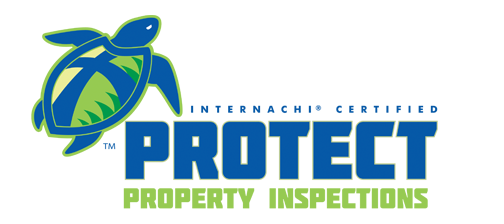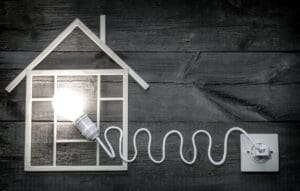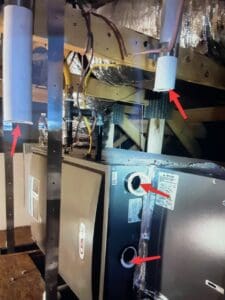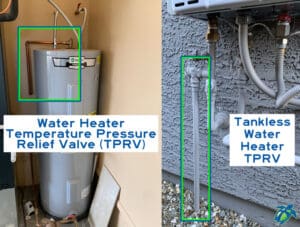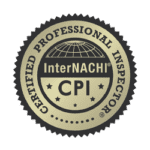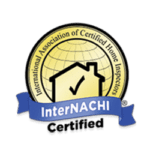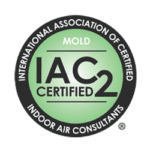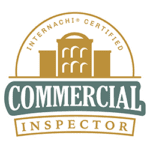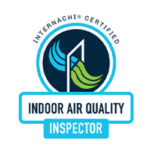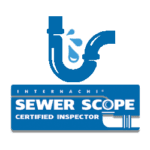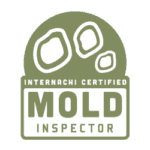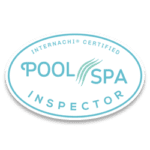Many clients have questions about water softener use in combination with septic systems… To Have, or Not to Have? In this blog, let’s explore some considerations to make when you’re looking at a property where these two systems meet!
Since the 1970s, various organizations like the National Sanitation Foundation, Water Quality Association, and Small Scale Waste Management Project at the University of Wisconsin have conducted studies on how water softeners interact with septic systems. These studies reveal that a properly functioning water softener doesn’t harm septic systems; in fact, it may even help them.
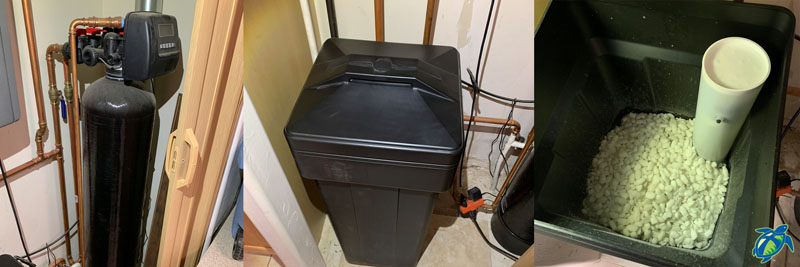
Water softeners are devices designed to eliminate hard minerals from your water supply, which can otherwise lead to various household issues such as plumbing blockages, dryness in hair and skin, stained clothes, and spotty glassware. Typically, they consist of two main parts: the media tank and the brine tank. The media tank holds a special resin that captures the troublesome minerals, ensuring that only softened water flows throughout your home. Meanwhile, the brine tank stores salt and regulates its addition to water to create a brine solution. This solution is then used to clean the resin, removing the accumulated minerals and preparing the unit to continue its softening process effectively.
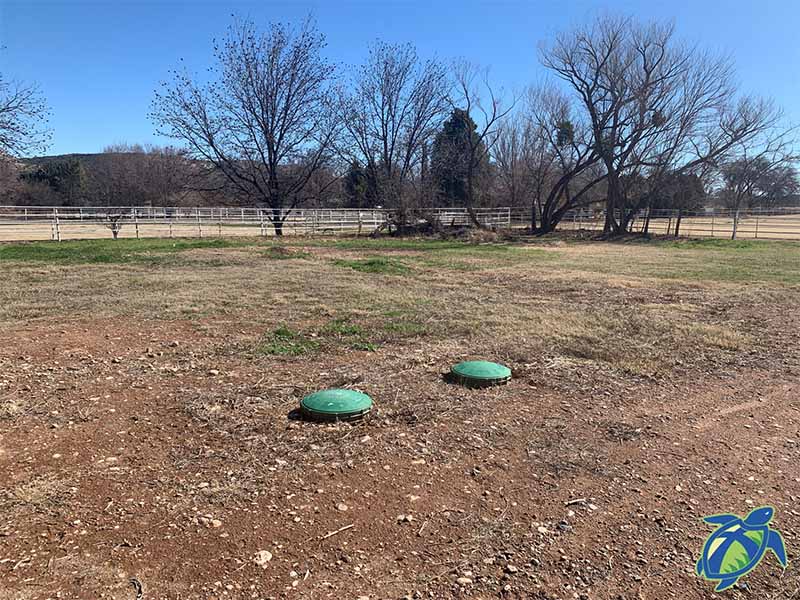
In a typical septic system, you’ll find a septic tank, a distribution box, and a drain-field, all linked together by pipes. Wastewater from your house flows through these pipes into the septic tank. Inside the tank, solids settle at the bottom forming what’s called sludge, while lighter materials rise to the top creating a scum layer. Over time, bacteria present in the waste help break down these layers partially. As the septic treatment progresses, water exits the tank and enters a drain field, accommodating the continuous release of wastewater from the home.
There’s a common misconception regarding the impact of water softeners on septic systems, suggesting that the sodium in softened water hampers the essential bacteria in your septic tank. However, research from the University of Wisconsin, and others, has shown otherwise. Their studies reveal that soft water can actually enhance the biological activity within the septic tank, indicating the right level of sodium in softened water promotes bacterial growth, thus improving the efficiency of the septic treatment process. Additionally, soft water offers the benefit of reducing the need for excessive soaps, detergents, and cleaning chemicals – and with fewer cleaning agents used, homeowners can rest assured knowing there’s less risk of these chemicals affecting their septic system.
Another misconception is that water softeners can make the water acidic, which can effect the performance in relation to a septic system. Certain water softeners can indeed reduce the pH level of water, which technically makes it more acidic. However, it’s crucial to understand that this doesn’t transform your water into a harmful acid that poses risks to your health or plumbing. Instead, what happens is that the softener removes bicarbonates, leaving behind carbon dioxide. This carbon dioxide then slightly lowers the pH level from seven to six. Despite this adjustment, a pH of six is still considered neutral, not acidic.
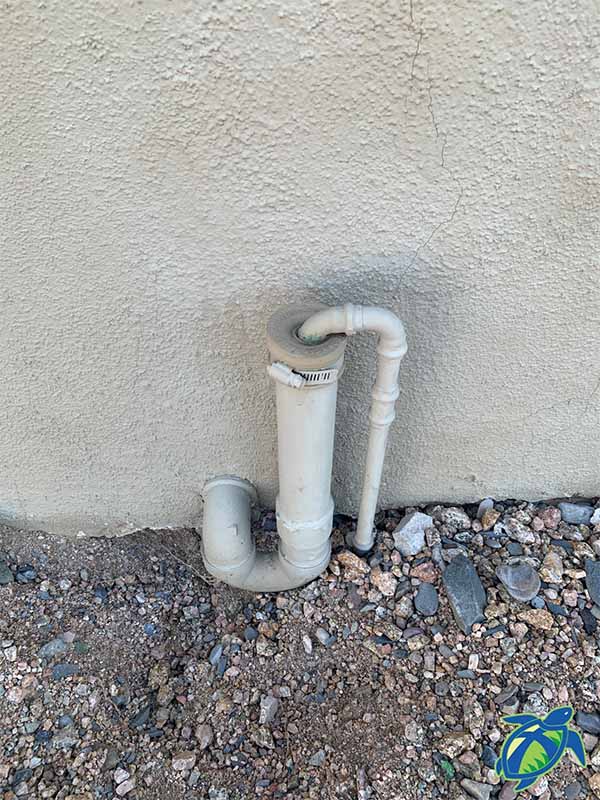
Whether the drain leads to a septic system or a sewer line, the installation method of the drain has some important details to not overlook. The air gap is an essential component to ensure that contaminates do not reach the fresh water supply of the home. A P-trap is also critical in stopping sewage wastewater and the smell of sewage gases from entering into the home.
There are many methods of draining the waste water from a water softener system, and considering the implications of where the drain leads is an important point to cover. You should first consult local regulations concerning water softener drainage methods, but some places to avoid discharging backwash are:
- Areas abundant in animal and plant life: Backwash brine water containing high mineral levels like sodium can pose risks to both humans and the surrounding ecosystem.
- Proximity to local water sources: Discharging backwash near local lakes, ponds, or rivers could elevate the sodium levels, potentially causing adverse effects if these sources are connected to your household taps.
- Fertile agricultural land: Discharging backwash brine onto fertile farmland can disrupt the balance of soil mineral salt content and harm vegetation. Even if the backwash is diluted before use, it can still lead to mineral toxicity in crops, resulting in crop failure.
Protect Property Inspections evaluates the drainage method of water softener systems when they are installed in the home as part of the inspection. When defects are discovered the Inspector will recommend further evaluations with corrections to be performed by a qualified plumbing professional. This ensures the correct operation of these systems, and that the fresh water in your home does not become contaminated – protecting you, your family, and your biggest investment!
